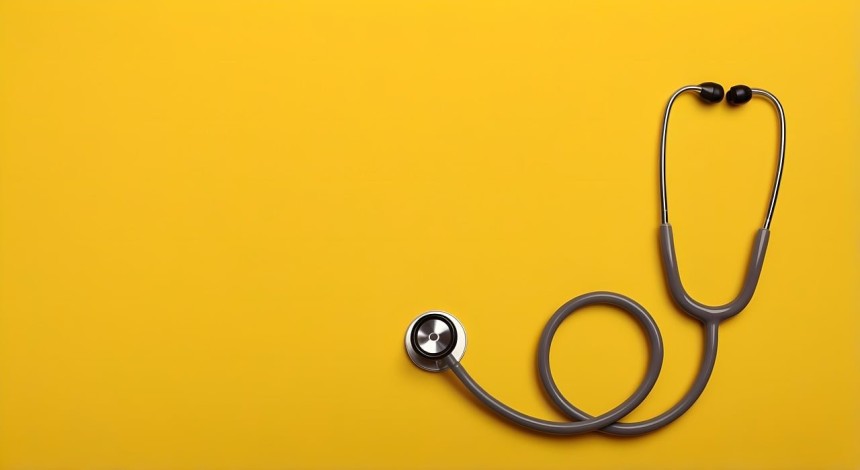
STARTING A PODCAST: STEP-BY-STEP GUIDE FOR BEGINNERS
If you want to learn how to start a podcast, you are on the right page! Here is a step-by-step guide for you to learn how to start a podcast for beginners.
A podcast is any program that features different hosts having discussions over a specific agenda or any recently occurring event. It can either be an audio file available to download for listening or an audio medium with supplemental videos. While talking about the topic of podcasts, can be about anything but scripted wisely and carefully. A podcast is a less competitive platform than a blog.
1. Concept of topic for the Podcast:
Planning an engaging concept for the podcast is the most important base of a successful podcast. It not only attracts the audience but also makes the podcast addictive to them. You need to follow a few tips to get a great concept for the podcast:
- First of all, you need to define your purpose to start the podcast. The more you are clear about your goal, the better the content you will produce. There may be several reasons for starting a podcast, but it can bring great advantages to businesses.
- After defining your goal, you need to select a topic for your podcast. You should be curious as well as excited about the theme of your podcast. Once you get an idea about the theme of your podcast, research the market value of that particular topic. Most importantly find podcast episodes related to your topic on Apple Podcasts, and go through the episode carefully, listening to every single detail. This will help you a lot to think about what you can do differently with this theme.
- Specify your target audience. This will help your podcast to appeal a large audience. Focus on what can make your podcast stand out and engaging for people to reach. Find a niche that appeals to a specific audience such as how to earn a profitable business as a beginner.
- Then the most important step will be to assign a name to your podcast which is the base of your brand or business. Apple advises to have a concise and clear name that helps to make your title specific. The name of a podcast should be easy to remember, specific, available to anyone, and similar to your brand or business name. you can also run your selected title on name checker for podcasts to help you ensure the availability of social media domains.
2. Format of the Podcast:
You should select a sustainable podcast format. It depends on you, whether you feel inconvenient or excited about the format. You can set up any format like Scripted or non-scripted fiction, Interviews, discussions with a cohost, and educational episodes. But must keep in mind that podcasting with more than 2 people may make your schedule for the podcast challenging.
- The length of the podcast should not be too short to cover the concept properly. However, lengthy episodes should also be avoided. The most common length of a podcast episode is around twenty to forty minutes.
- You can publish your podcast in seven to 12 days. Rarely does any podcast go over thirty days. You can podcast as a full-time work or a part-time job.
3. Creation of a cover art for the Podcast:
The first thing your audience will see on your podcast is your cover art. This is extremely important to create a cover that appeals to the audience to commit to your content. A creative and engaging artwork can attract new listeners as well as target a large audience. Your podcast cover art should be according to the specifications marked by Apple’s Podcast Artwork. These particularities are as follows:
1) Resolution 72dpi 2) Square image (3000x3000 pi) 3) JPEG or PNG file 4) RBG color space
- To make your cover art stand out you need to create a design that exactly expresses your Podcast theme. Moreover, it should also be designed in 55x55 pixels.
- To create extraordinary cover art for your podcast, you can use several tools including Adobe Cloud, Fiverr, Canva, etc.
4. Music Selection for starting and ending:
To make your podcast more indulging you can use an intro and outro music. This music selection must be according to the context of your podcast theme and should be appealing to the audience.
5. Choice of Equipment for the Podcast:
You do not need to buy any special equipment that is out of your budget. Several well-known podcasts use a very basic setup for recording a podcast. Your podcast microphone must be well enough to give a clear sound and that’s it. Try avoiding background noises, otherwise, you have to do editing on the backend to clear your vocals. You can buy a dynamic or condenser mic that can help to pick up a vast range of frequencies that will ultimately save you the effort to edit background noises later on. If you use an already available mic and headphones, you need no investment. That means you can start your podcast for free. But if you want to establish a particular setup you can be done in different ranges of budgets. For example, one person having his headphones and a new mic will need to spend up to $70. If you are making a setup for 3 to 4 persons your expense will be around $1000.
6. Choose software for your Podcast:
It’s important to have the right software for the format of the podcasts. If you often do remote interviews, you will have to use software that is a good choice for long-distance podcasts such as Squad Cast, Zoom, etc. Avoid using Skype for this purpose.
Software for editing:
For editing purposes, you can you free or even paid software, depending on your budget. Some suggestions are GarageBand (free software), Audacity (free software), Descript (paid software), etc.
7. Start recording a Podcast:
After you have planned your podcast, it's time to start the episodes. You need to be prepared on the front end as well to make your podcast successful.
- To overcome the mistake of rambling, try outlining your recording. - Try recording the episode in quiet places with rugs etc. - Properly assemble your setup including the wirings, mic, headphones, etc. - Place your mic 2-3 inches away to record sound.
8. Editing the Podcast:
After recording your first episode of the podcast, do a little bit of editing and add the intro and outro to make it engaging. Go through the few edits and make sure to edit any noise you feel distracted in the episode. You can also fade the sound of the track to reduce noise.
9. Submission and launch of Podcast:
After completing your podcast, you can submit it to Apple’s podcast and pay for ads to make a grand opening. You can also make a soft opening and later on, when you see your podcast's success, you can promote it more confidently.




